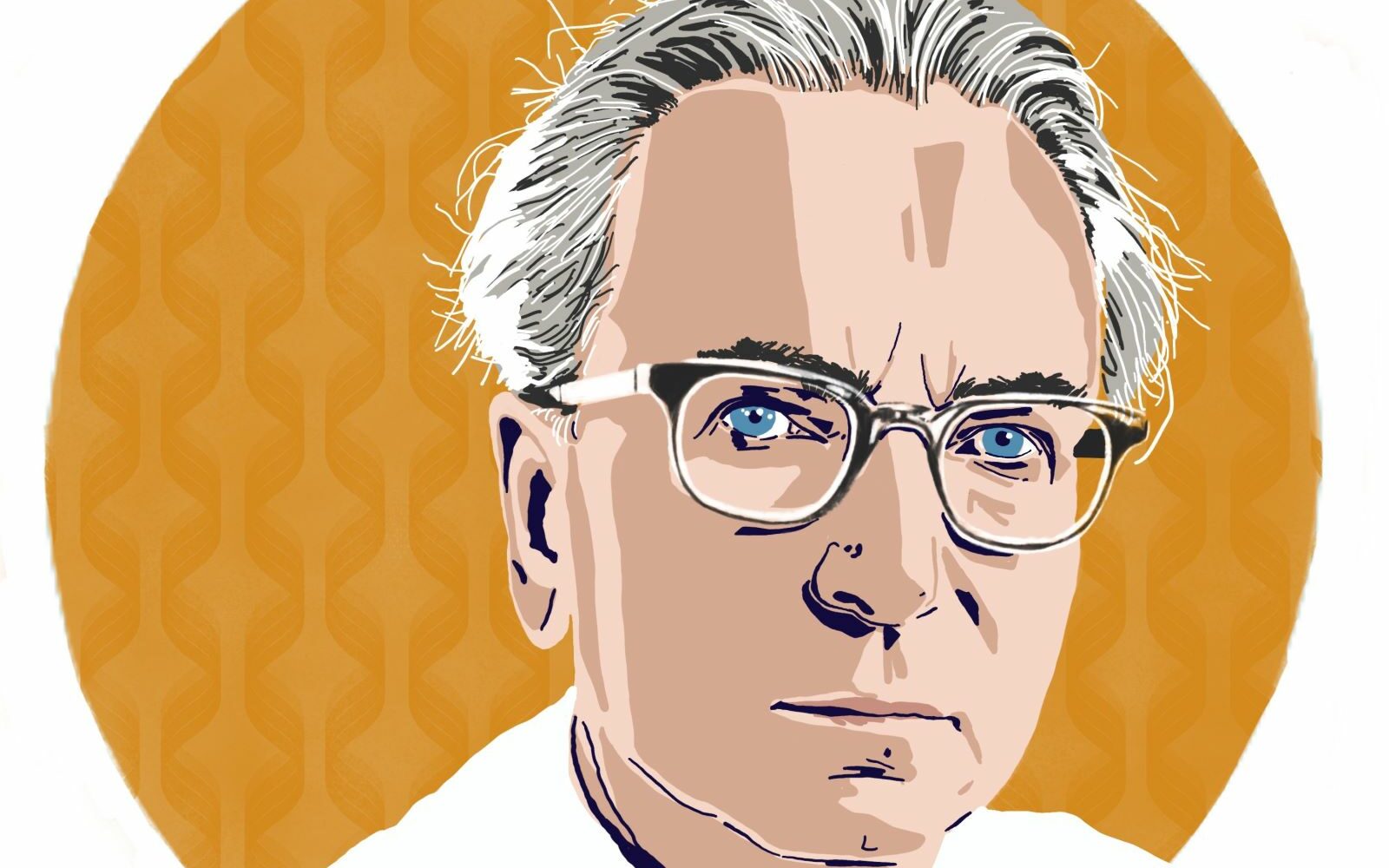The Myth with the Ultimate Punishment
Legend has it that Zeus, the mythological king of gods, banished the mighty Sisyphean to an eternity of torturous punishment for his trickery in cheating death twice. What kind of torture could the storyteller possibly impose on Sisyphean to be worthy of attribution to the brilliance of Zeus? Homer details the punishment in his Odyssey, and it sounds remarkably like the mental anguish that we endure when planning and running meetings!
Then I witnessed the torture of Sisyphean, as he wrestled with a huge rock with both hands. Bracing himself and thrusting with hands and feet he pushed the boulder uphill to the top. But every time, as he was about to send it toppling over the crest, its sheer weight turned it back, and once again towards the plain the pitiless rock rolled down. So once more he had to wrestle with the thing and push it up.
(Odyssey, Book 11:593)
Pointless Effort as the Ultimate Punishment
What Zeus did was the epitome of mental torture; perhaps this story was inspired by a similar torture historically favored by the Pharaohs. The root of this psychological punishment is that a person knows that they’re putting forth a maximum amount of energy and effort, which will ultimately be for no gain, and then will be repeated continuously without any benefit, as time wastes away meaninglessly.

Sound familiar?
The Cycle of Meetings
Meetings have been a vicious cycle of precious time gone to waste. The problem starts with organizing a time, only to have attendees cancel at the last minute, which then leads to more time rescheduling. Once the meeting miraculously actually happens, there is no clear conclusion, so we’re then back to scheduling (and rescheduling) another meeting to talk about the same thing…again and again until the end of time. It’s no wonder that meetings have been a form of angst for office staff since the invention of pencils.
Questioning the Logic of the Myth
The legend of Sisyphean has one major problem in its storyline. If Sisyphean was so clever that he was able to outsmart death on two different occasions, how could he have not been clever enough to design a solution that would have allowed the boulder to come to a rest on the top of the hill? He had endless time to solve this problem and surely a desire to put an end to this ridiculous exercise. What happened? Why aren’t we solving the great big problems with meetings and instead choosing to exist in our own version of endless torture?
Also Read: Let’s Get to the Real Meaning of Collaboration

Why Certain Hard Problems Aren’t Fixed
Many studies have tried to identify why people make the choice to give up when trying to solve hard problems, even when they know the solution will have huge gains. There’s a particular study analyzed by Nelson P. Repenning and John D. Sterman from MIT Sloan School of Management that attempts to define this problem. The study took a look at two initiatives for change that were led by the same executive at a company. One initiative was called the Manufacturing Cycle Time (MCT) reduction program and the other focused on improving the Product Development Process (PDP).
The MCT program was a smashing success, with savings of hundreds of millions of dollars, while the PDP program was not successful and failed to meet the majority of its objectives.
Why? How did the same leader have such different results changing two processes?
The study is a very small sample size, but was still able to tease out an important factor that made these two projects very different.
The MCT program was a short term project where participants were able to see results quickly. The confirmation that the efforts were a meaningful use of people’s time and energy was a tremendous motivator to continue moving obstacles and push forward.
In the PDP program, engineers were immediately slowed down in their efforts. The first goal was to work smarter, not harder, and that reduced the short-term throughput. This led to a lack of early results. Once people perceived that they were behind schedule, though the time investment up-front was designed for long term gain, they brought fewer new ideas to the table and had reduced confidence that they were on the right track. They went back to their old processes which were safe from further delays.
A Failed Case Study on Fixing Meetings
A couple of years ago an acquaintance shared with me that their executive team recently had an offsite summit where the #1 priority was figuring out how they could implement better meeting practices in their organization. This was a large organization with roughly 60,000 employees, so ineffective meetings was a costly problem deserving of this level of attention. The summit was a success and leadership came back to the office empowered to start running purposeful meetings. Agendas were created, times were thoughtfully selected, meeting notes were published. Progress? Like the PDP program, unfortunately not. The changes lasted a grand total of two weeks before the role models for this new meeting culture reverted back to their old meeting habits.
There was no feedback to really understand the improvements made and no structure to unify the effort for long term gain.
The Problems With Meetings Are Very Solvable
Many process improvements are a journey before the “ah-ha” moments that lead to salvation. Designing a solution to a complex process takes time and patience. It requires people understanding the long term vision and not cutting corners to build something. They need to be creating something that can offer the ROI that convinces people to change their behaviors. Solving all of the pain-points of meetings is not a simple task. Neither is chipping away at a hill to create a resting space for a huge rock. The common theme here is that they are both solvable problems when the level of commitment and trust in the solution are recognized.
AT THE END OF A MEETING, ASK YOURSELF:
Did you accomplish the goals of the meeting?
What can you change for the next meeting?






